There are over 90 million small businesses on Facebook.
Each has its own Facebook e-commerce strategy.
Your particular strategy will depend on a variety of factors that affect your ads.
To begin with, content is still king — especially video ads, which are dominating images. And especially when it comes to video ads made by artificial intelligence:
Whatever you choose — images or videos — your results will depend on the ad format you use.
When you begin to enjoy the benefits offered by Facebook, you may not only sell products but get more leads, drive traffic to your website, boost your brand awareness, and achieve other ad objectives.
It’s important to match your goals with ad placements to target multiple audiences at the same time.
Finally, your strategy (and your ROI) depends on your budget.
Planning Facebook Ad Strategies for E-Commerce Is Worth It
Statista expects the e-commerce share of total global retail sales to grow to 17.5% by 2021.
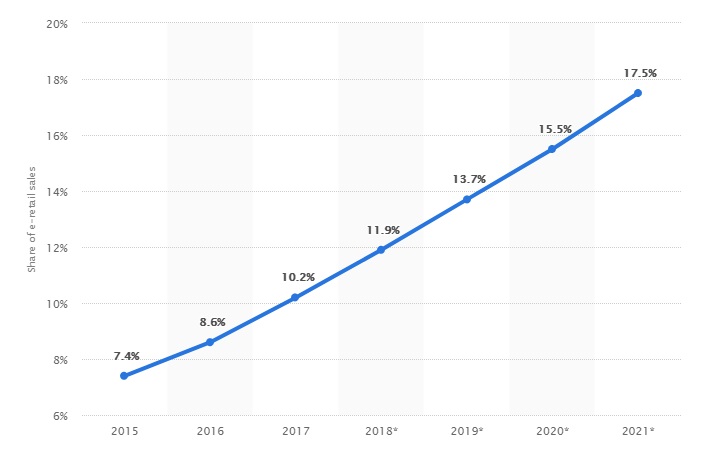
We’re witnessing a transition period when people are already used to buying online. It will take time for the shopping industry to get fully digitized, though.
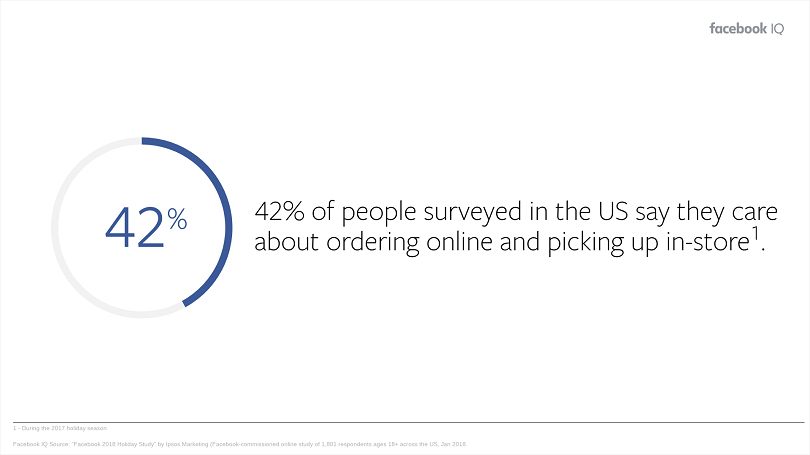
Just as customers care about receiving their holiday purchases in one piece, businesses care about their futures. If you want to sell something today, you have no option than to join the rush.
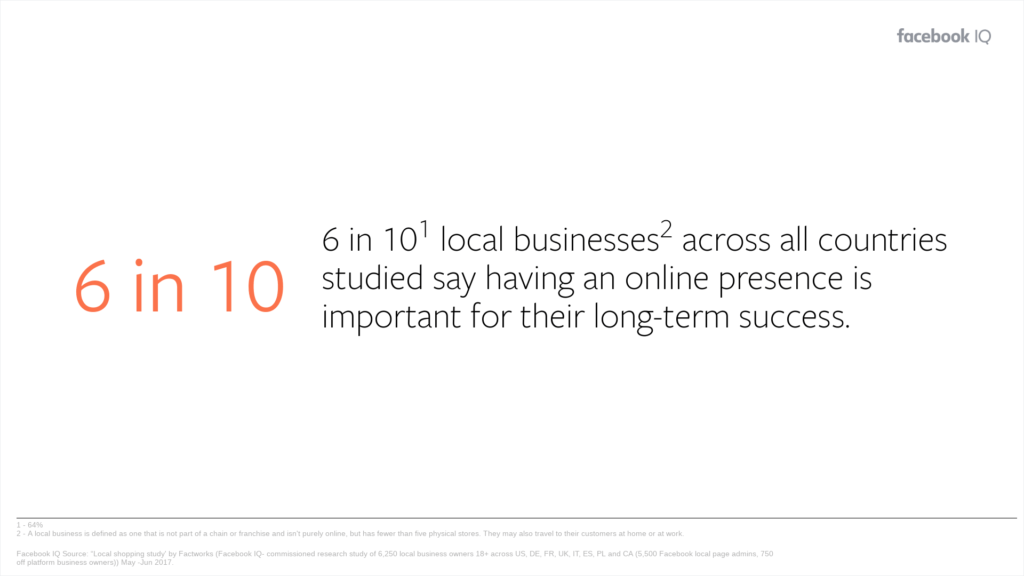
Joining the rush means marketing products or services on all top digital channels.
Facebook is the greatest channel of all, with more than 2.3 billion monthly active users and 1.6 billion users connected to nearly 60 million small businesses.

Not to mention that people spend 2.5 times as much time on Facebook apps compared to Google apps.
And that’s really awesome because you can display e-commerce Facebook ads across multiple placements, tremendously expanding your potential reach and increasing your retargeting opportunities.
More than 1 billion Instagram users can buy products without leaving Instagram.
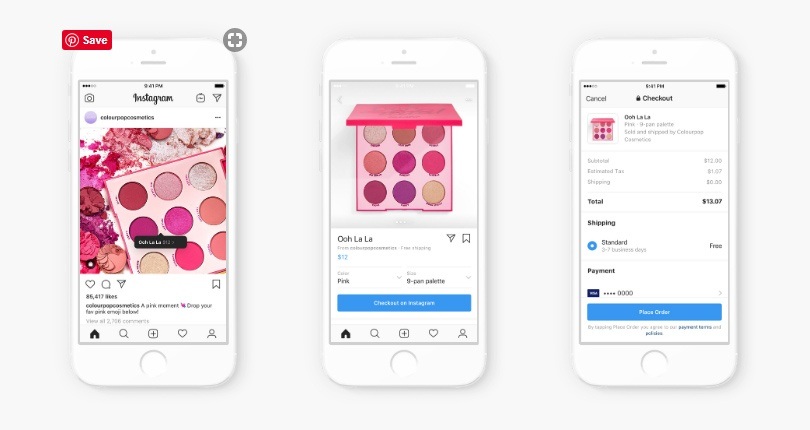
Messenger is a perfect place to significantly boost your conversion rate by finding new leads.
Messenger allows you to build a personal connection with your customers, learn more about their habits and interests, and satisfy their requirements.
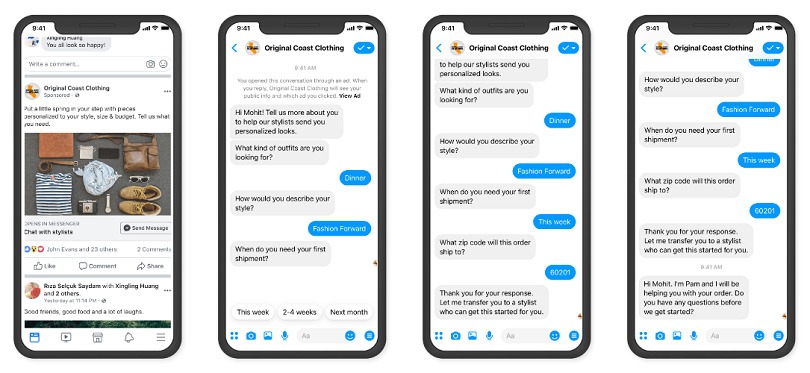
In the near future, users will be able to pay for products in WhatsApp.
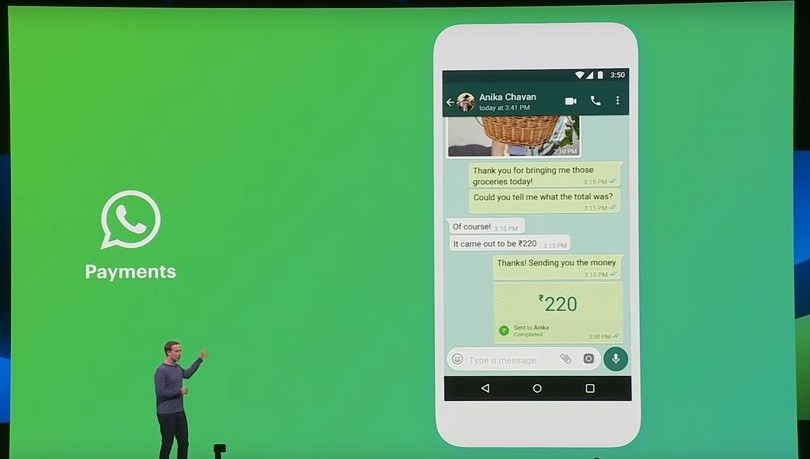
Long story short, more and more great features are coming. If you’re looking for the best Facebook advertising strategies for your e-commerce store, now is the time to find it.
7 Facebook Ad Strategies for E-Commerce That Sell
When it comes to e-commerce, Facebook advertising strategies are necessary for promoting any business.
Remember that you need to set up a Facebook Pixel on your website to track conversions and do lots of other marketing things.
Strategy 1. Make Ads Automatically to Save Your Resources
Time is expensive for every business. There are three Facebook ad types that can help you save time: Automated Ads, Dynamic Ads, and Video Ads.
Automated Ads
Facebook Automated Ads provide you with ad recommendations based on information about your business.
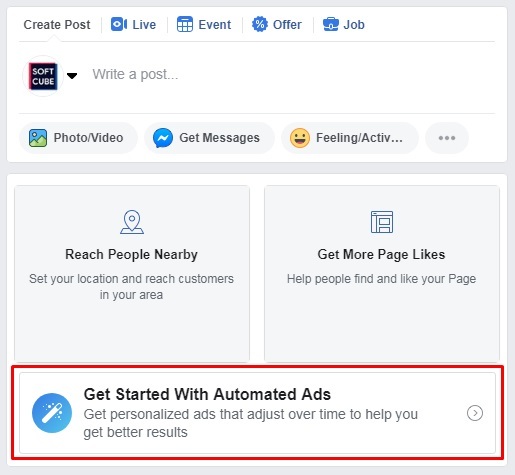
Facebook takes the guesswork out of the process:
- Choose your business category.
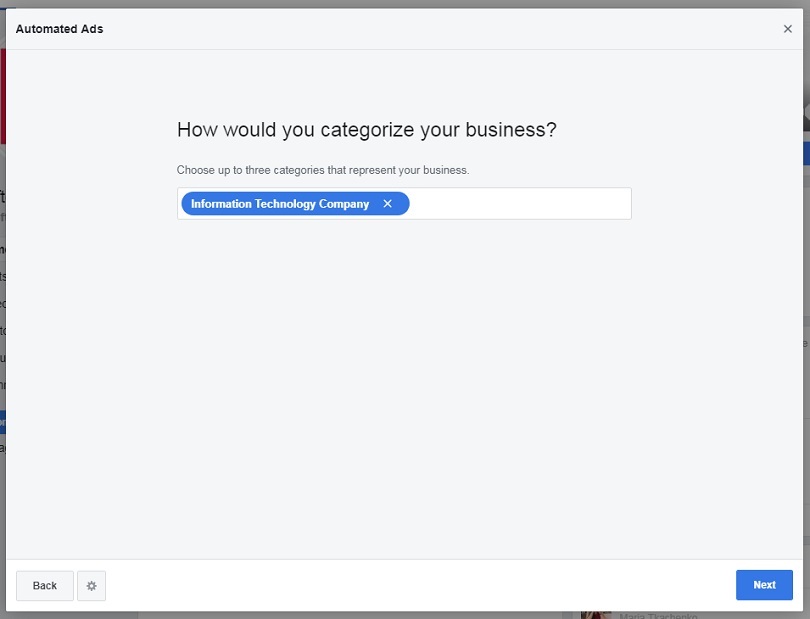
- Select the ways you do business.
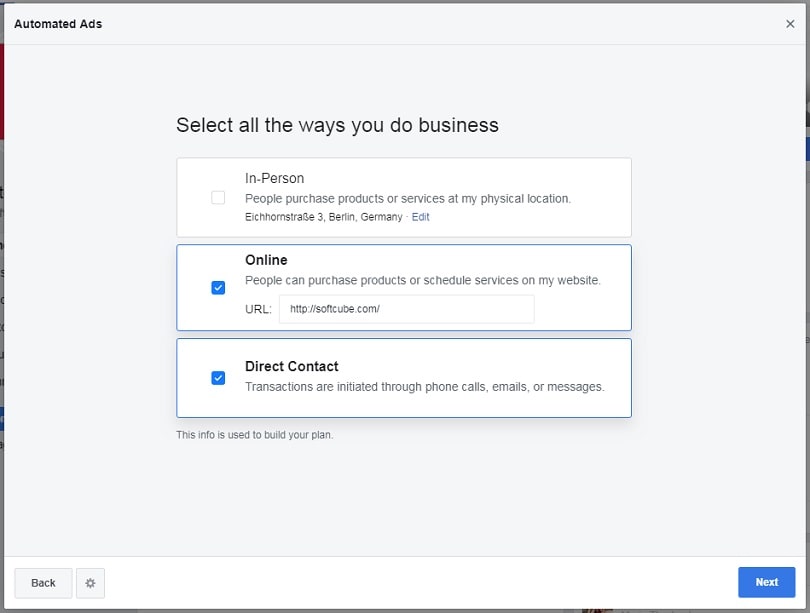
- Choose how you prefer to communicate with your customers.
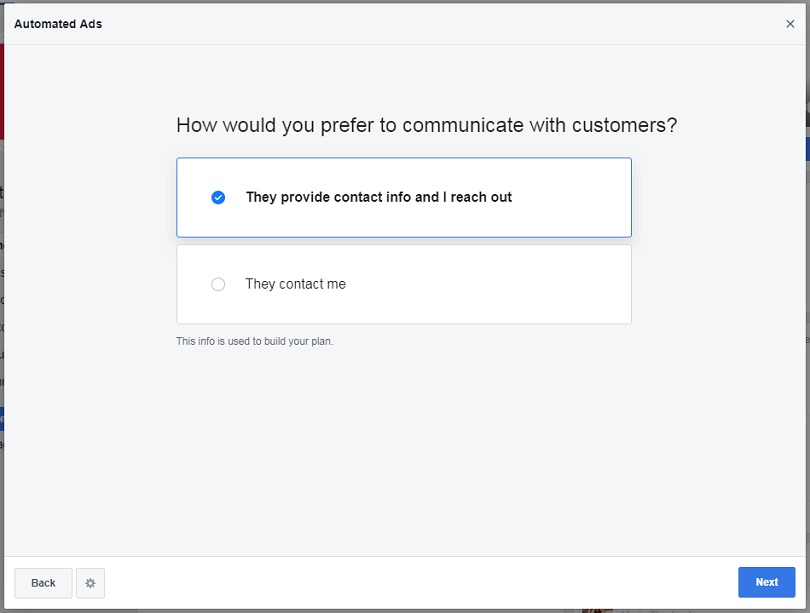
- Specify the interests, hobbies, and activities of your target audience.
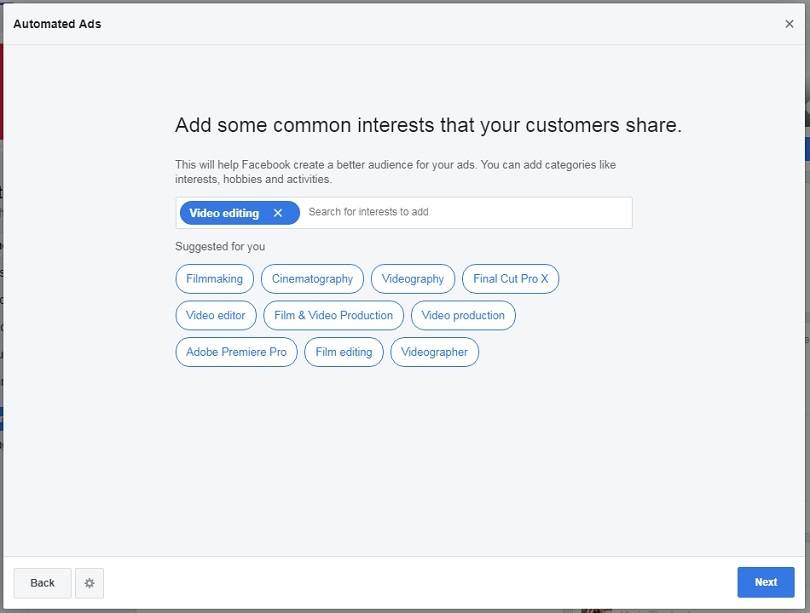
After providing this information, the system generates one or several ready-made marketing plans.
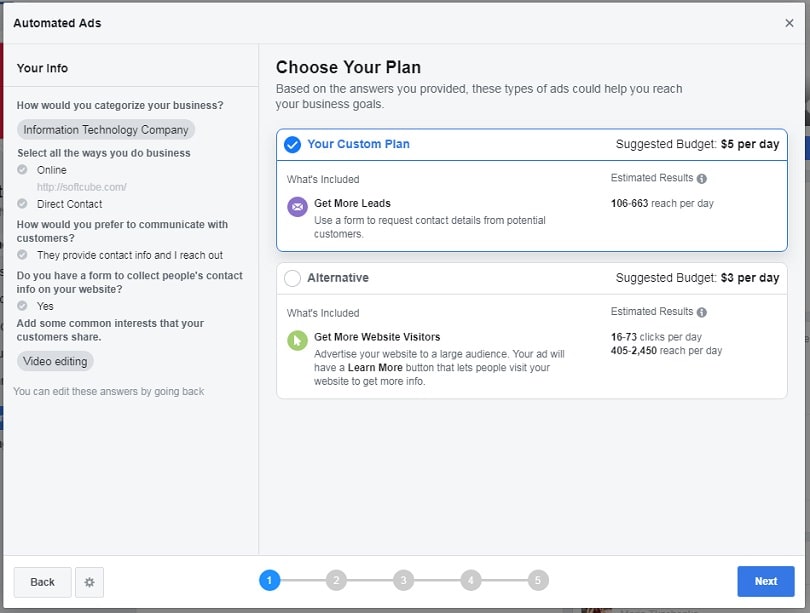
Once you choose your plan, Facebook creates up to six different versions of your ad, suggesting an ad visual, copy, button, and other creatives.
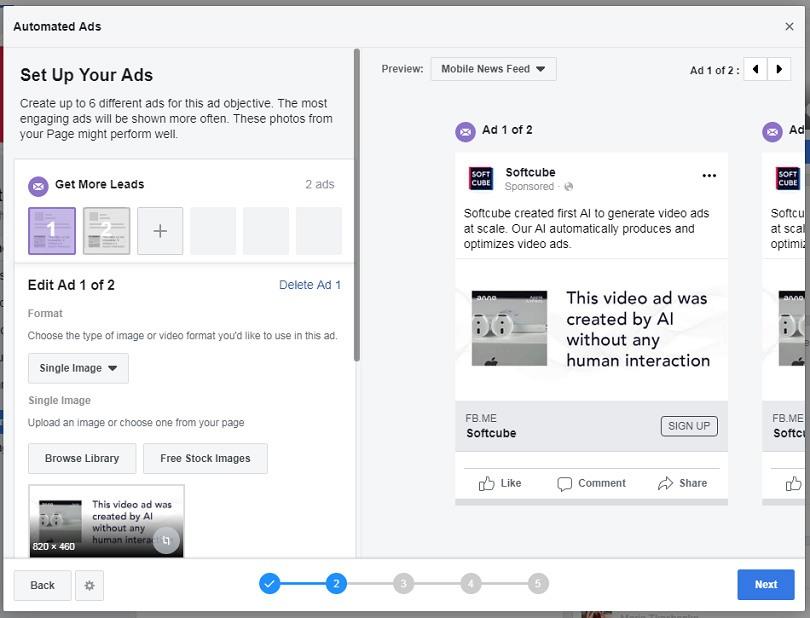
We recommend coming up with as many ad versions as possible to let Facebook pick the best-performing variant and show it to your audience.
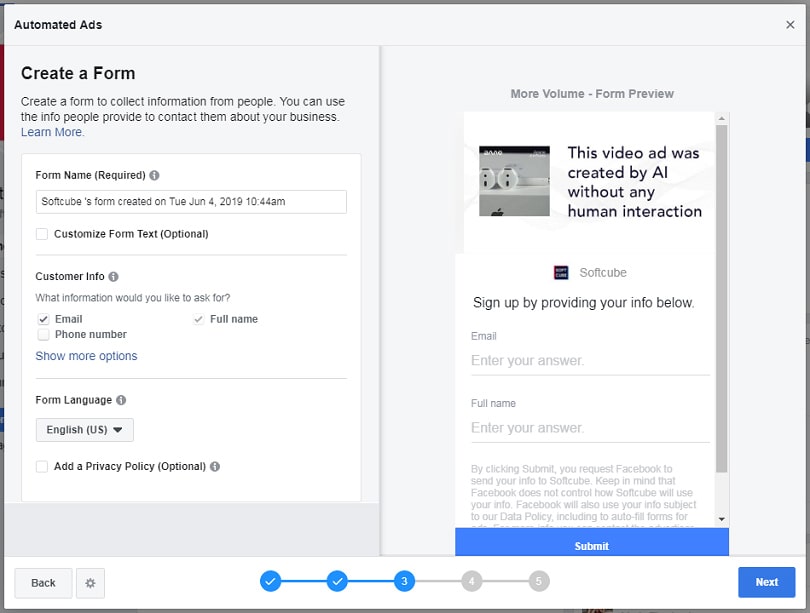
Speaking of audiences, you need to set up a Facebook Pixel on your website to deliver your Automated Ads to existing Custom and Lookalike audiences.
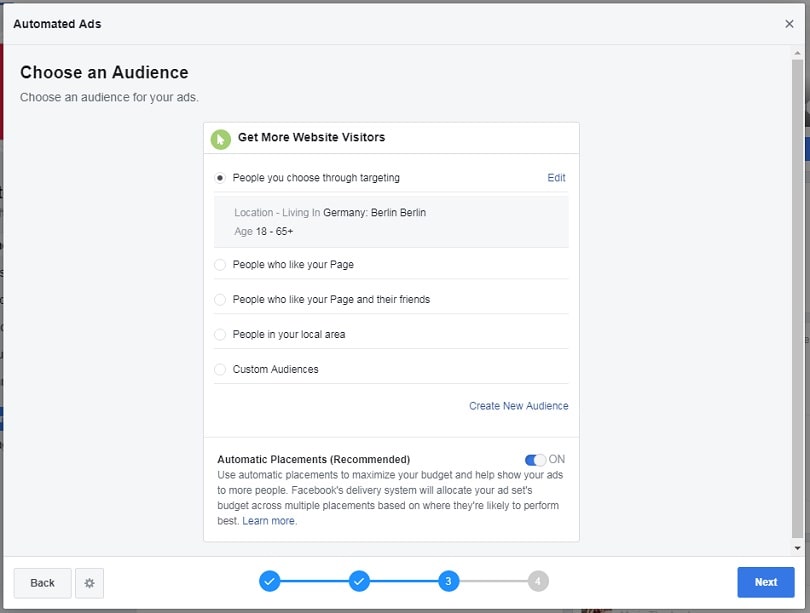
Automated Ads are designed for generating leads, driving website traffic, and achieving other ad objectives to boost your sales.
They’re a mixture of the other two types of Facebook ads: Lead Ads and Dynamic Ads.
Dynamic Ads for Product Catalogs
Dynamic Ads are a perfect way to simultaneously promote dozens or hundreds of items.
To launch Dynamic Ads, you need to create a catalog, upload products to it, and prepare an ad template to automatically generate ads for the products in your catalog.

If you sell with a popular e-commerce platform like Magento or Shopify, you can import your product catalog automatically.
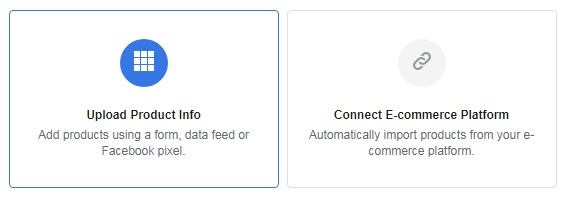
Note that Dynamic Ads don’t work without a Facebook Pixel. Also, check your catalog’s data twice before launching ads to avoid surprises during your campaign.
Facebook Video Ads Powered by Artificial Intelligence
Today, your Facebook ads for e-commerce should be in a video format.
Facebook says that users watch more mobile video content than ever.
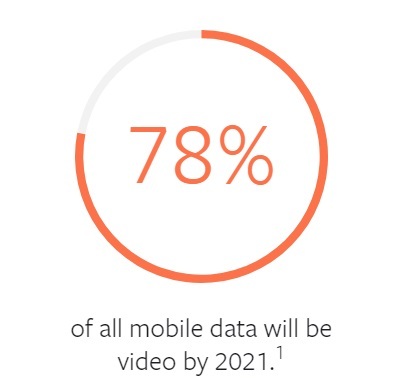
Video is the best way to demonstrate your products in action from every angle, achieving better results for your business.
According to Business2Community:
- 39% of business owners name Facebook the number one social media website for generating more interactions with video content.
- 34% of businesses pick Instagram as the best social media website for generating a return on investment.
Today, only automated video production systems are able to help businesses save their resources.
For example, this video ad was created without human editing for a Facebook ad campaign:
Artificial intelligence systems like Softcube watch original videos, cut the highlights, and put clips together with a product packshot in one high-quality video ad.
Strategy 2. Create Custom Audiences and Find the Right Customers
Since it’s more expensive to find new customers than to retain current customers, retargeting is necessary for any online store that wants to grow.
When it comes to retargeting on Facebook, Custom Audiences are a core feature.
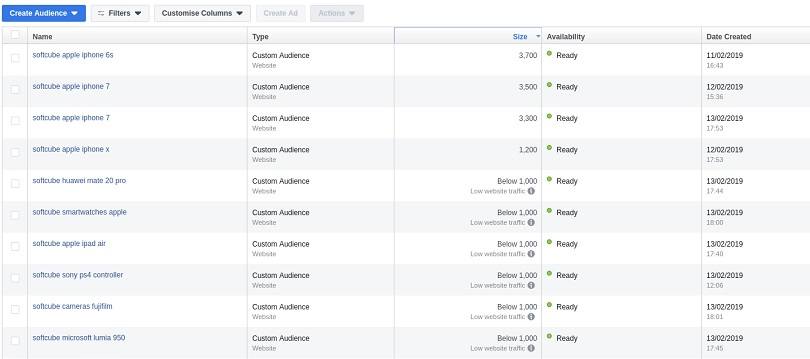
Custom audiences allow any e-commerce business to show their Facebook ads to an audience from any online or offline marketing channel.
For instance, you can set up a Pixel for your website or SDK for your app to form a list of customers and show them your ads.
You can also:
- Upload a list of customers as a file or add this data manually
- Add offline activity data like sales or phone calls
- Form a list from new Instagram and Facebook users
Keep in mind that the Custom Audiences feature has a little cousin called Lookalike Audiences. A Lookalike Audience list is based on any Custom Audience you specify.
This is the best way to find leads who are likely to buy your products, as they look like people from the Custom Audiences you pick.
Strategy 3. Become a Lead Generation Guru
Aside from using Facebook for e-commerce advertising, businesses can use it to open lots of lead generation opportunities.
For instance, there are four ad objectives you can use to find new customers:
- Lead generation
- Brand awareness
- Reach
- Traffic
Obviously, lead generation is the most powerful ad objective for collecting customers’ data.
The lead generation ad objective can be achieved with Lead Ads, which allow you to create detailed forms to collect all the data you need about your customers: name, email, phone number, etc.
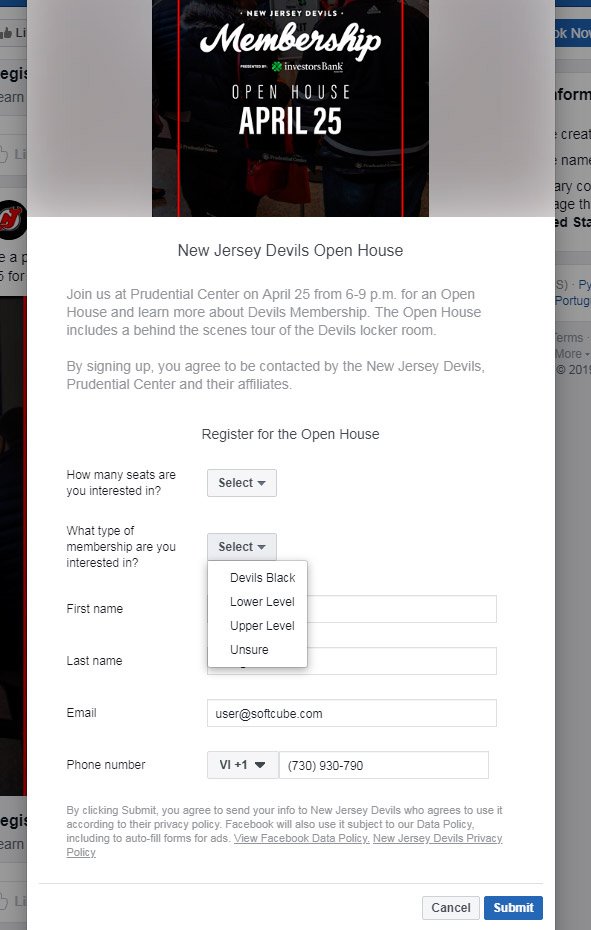
With brand awareness, reach, and traffic ad objectives, you can create forms as well. However, these forms have fewer features and a different design than lead generation forms.
Most importantly, you won’t be able to download your leads’ data from these forms to use it for your Custom Audiences or other marketing channels.
Lead ads allow you to ask custom questions, add different call-to-action buttons, and see not only the number of leads but also the information provided by these leads.

Other ad objectives allow you to use Facebook as a lead generation starting point and get user data from your website, app, or other sources.
Strategy 4. Showcase Products on Your Facebook Page
One of the best Facebook ad strategies for e-commerce is selling products or services right on the News Feed in addition to launching ad campaigns in Ads Manager.
The major advantage of your Page is that you can advertise your products or services in any way you want, both in terms of the content and format of your ads.
For example, you can create a post to remind your audience about any holiday or special event. Take a look at how LEGO congratulates everyone with World Environment Day in their 15-second video ad.
The world-famous brand tries to kill two birds with one stone. First, they build customers’ trust. Second, they save the planet.
PUMA used animation to promote their collection of football products. And it looks amazing.
It’s no secret that video is the best ad format for finding new leads and making sales.
Companies use artificial intelligence to produce high-quality video content without involving human specialists.
In addition, AI-powered technology optimizes video marketing budgets, being more or less equal in cost to image advertising.
Image ads are still very useful on Facebook. A single image ad allows advertisers to not just showcase a few products simultaneously but tell a story — for instance, to promote a new product collection.
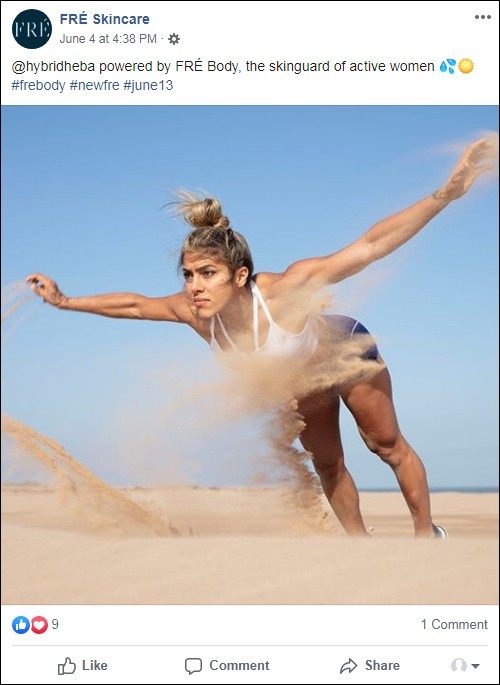
What could be better for telling a story than one advertising image (except for a video, of course)? Lots of promotional images in a single post!
Marketers love Carousel Ads because they can contain up to ten image cards with their own headlines and links.
Carousels are used to promote a few products at the same time or to tell a complete story about one product or collection.
Strategy 5. Sell Products in a Shop and Promote Discounts with Offer Ads
Did you know that you can have your own shop on Facebook?
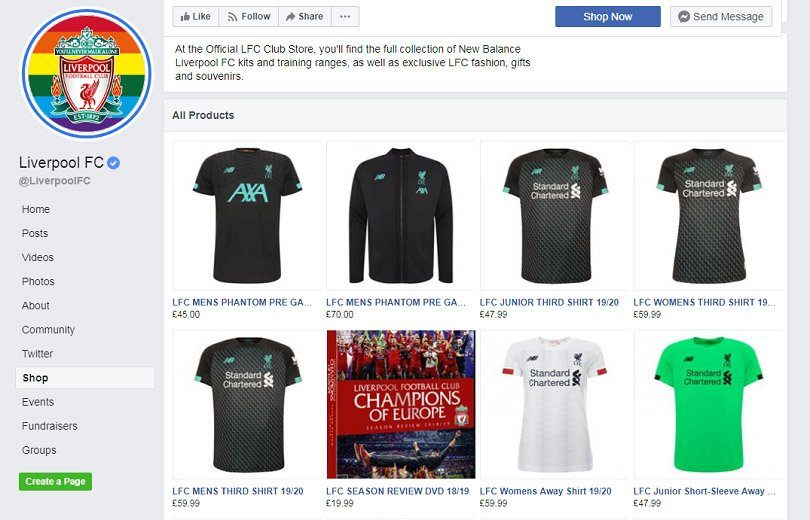
You can add as many products as you want, customize every item from your inventory, add items to categories, get feedback from your customers via live chat, and check all statistics such as clicks, views, and purchases.
You can also surprise your audience with special offers and draw attention to discounted products with Offer Ads.
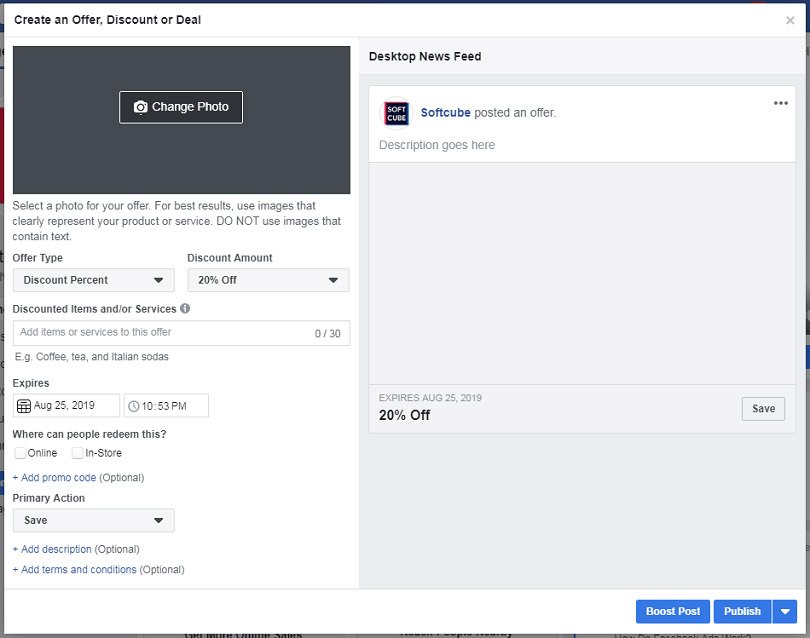
Offers Ads are fully customizable. You can set an offer type, discount amount, offer expiration date, and method of redemption. Then you can pick a button and add a promo code.
When a user sees a product in an Offer Ad, they can save it. People who have saved a product get up to three notifications about it. The number of notifications depends on the user’s personal notification preferences.
Strategy 6. Stay in Touch with Your Customers in Messenger 24/7
More than 20 million companies use Messenger to chat with their customers.
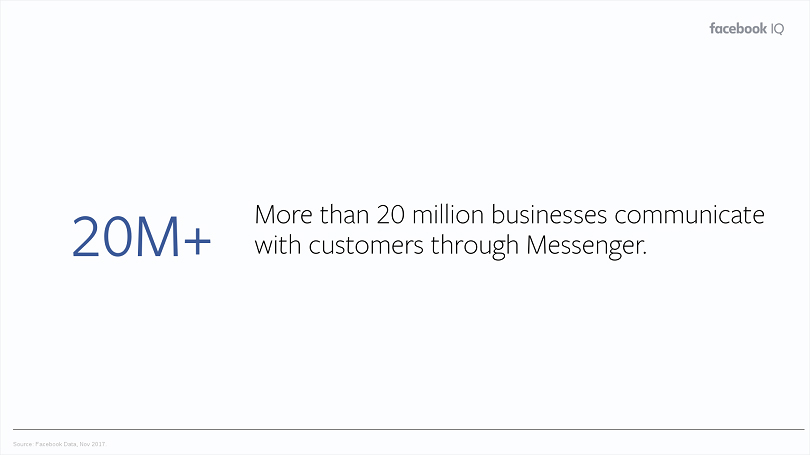
The connection between businesses and their audiences in Messenger is only getting stronger.
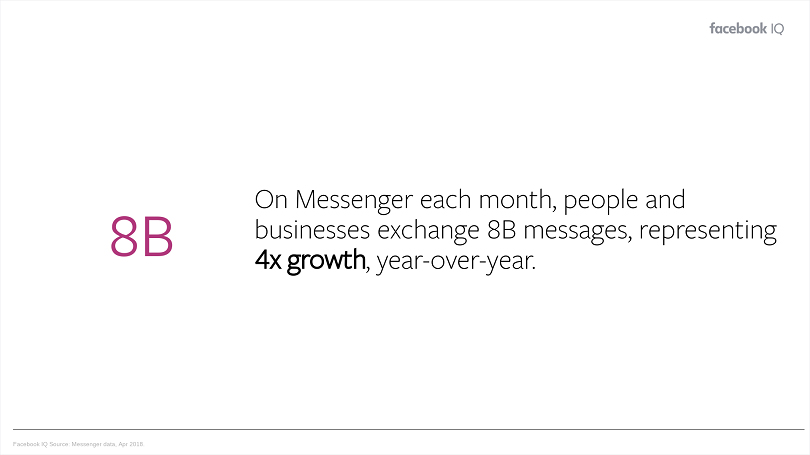
Messenger has a few unique advantages over other marketing channels.
The first advantage is the personal touch. Click to Messenger Ads are one of the best ways to attract a Messenger user with a personalized offer.
All you need to do is get users to open your ad so you can start a personal chat.
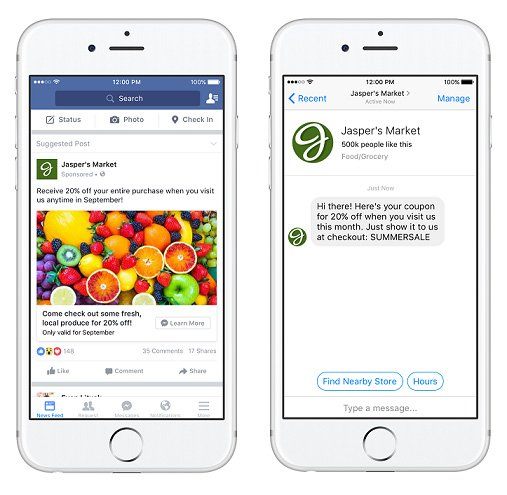
Click to Messenger Ads are easy to create. You can pick a standard template that generates ad content automatically, or you can choose a custom template and personalize the ad as you wish.
The second advantage is that you can use several ways aside from Click to Messenger Ads to personally engage with your customers. For example, you can launch Sponsored Messages.
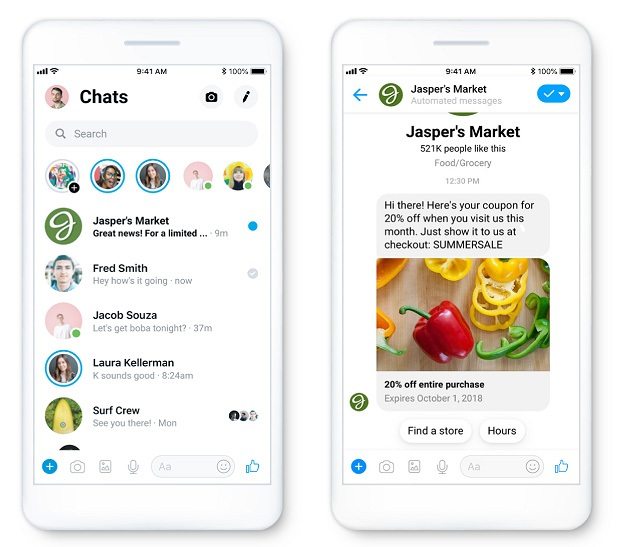
In addition, there are chatbots that make shopping more convenient for your Messenger audience by showing products customers may be interested in and other important information such as news and updates.
Strategy 7. Use the Facebook Attribution Tool and Conversion Funnels
Speaking of Facebook ad strategies for e-commerce sales, can you track what factors lead to conversions and sales?
Most companies can’t; this is one of the biggest marketing challenges.
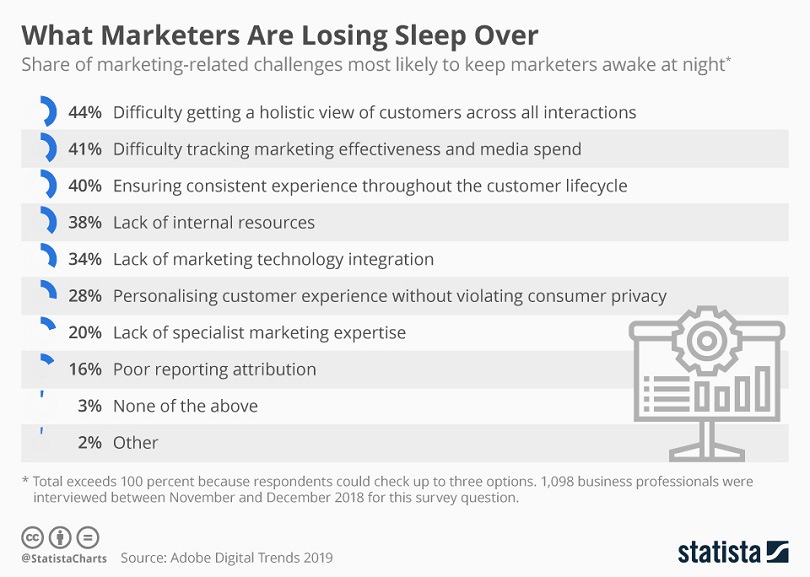
A survey by Adobe shows that 44% of businesses have difficulties getting a holistic view of all customer touchpoints, while 41% of companies don’t even know whether their ad campaigns are effective.
This is true when it comes to online marketing in general.
Usually, companies work with Google Analytics or any other popular platform combined with custom algorithms to identify the touchpoints that lead to a conversion or sale.
Not everyone knows that there’s also a great tool for customer attribution developed by Facebook.
Facebook Attribution Tool
Facebook Attribution is a useful tool that provides a business with a holistic view of the customer's journey by measuring the impact of ad campaigns across Facebook and its family of apps and services.
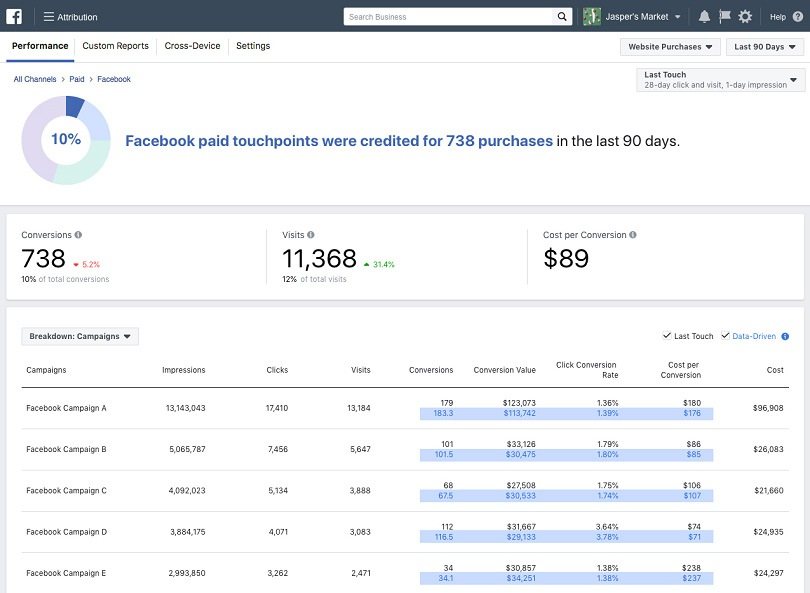
This tool shows cross-device reports for Facebook Pixel and Facebook SDK events, Offline Conversions, Custom Audiences, and more.
Thanks to reporting data, you can better analyze the results of your ad campaigns and optimize these campaigns to improve their performance.
Not to mention that you may find new insights about your target audience’s behavior that will help you not only in Facebook marketing but in digital marketing as a whole.
In addition, there’s one more instrument that is even less known among marketing specialists than Facebook Attribution.
Funnels in Facebook Analytics
Funnels in Facebook Analytics are a feature that tells which actions customers make to create conversions and how long it takes for them to convert.
Funnels are sequences of actions completed by customers over a certain period of time.
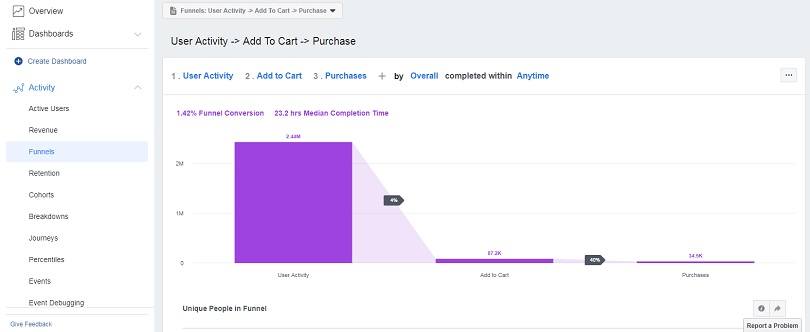
To create a funnel, go to Facebook Analytics. Then click Activity and Funnels in the menu on the left.
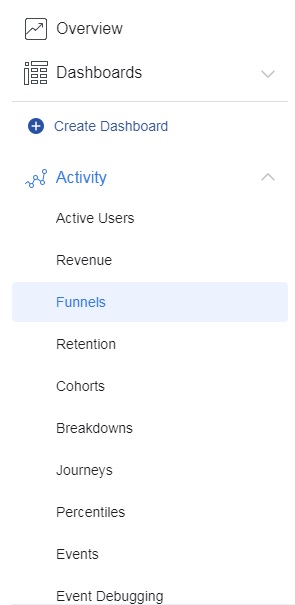
There's one important thing you have to know about this feature. With funnels, you predict conversions rather than monitor them.
Note that funnels identify customers only when they perform all steps in chronological order.
Your Plan Should Be Simple
Let’s sum up. Facebook has everything necessary for any business to prosper.
If you have enough customer data, you can find people from any marketing channel on Facebook and display them your ads thanks to Custom Audiences.
There are several ways to find new leads, but Lead Ads is probably the most accurate.
There are at least three ad types that can help you save time and resources: Automated Ads, Dynamic Ads, and AI-powered video ads.
By the way, if you want to boost conversions with automated video ads, test our artificial intelligence platform now.
Keep in mind that you can sell products directly in a Facebook Shop and promote any discounts and deals with Offer Ads.
Also, take advantage of Messenger marketing to use a few personal approaches for customer acquisition. And don’t forget to monitor your results through Facebook Attribution and Funnels.
We wish you the best Facebook e-commerce advertising strategy for your business!
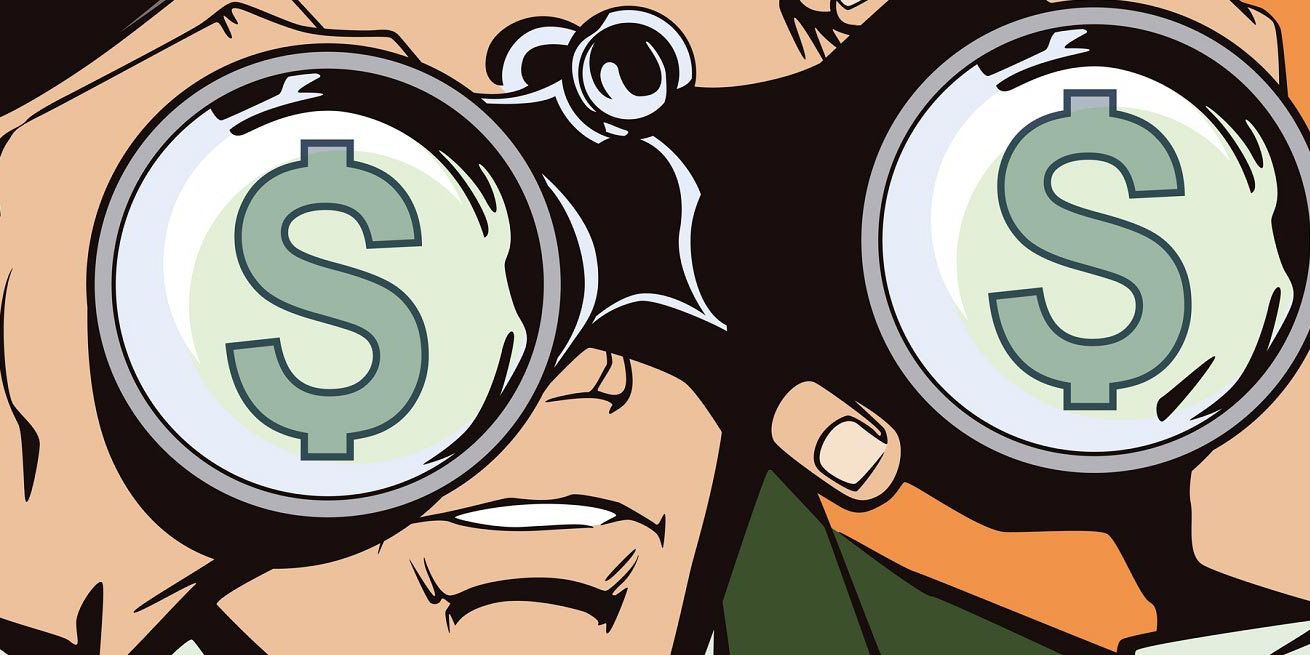
![featured image thumbnail for post The Rookie’s Guide to Creative Facebook Ads [30 Examples]](/static/596e56a60d16703bc60c5005333383ae/188f6/creative-facebook-ads-featured-image.jpg)
